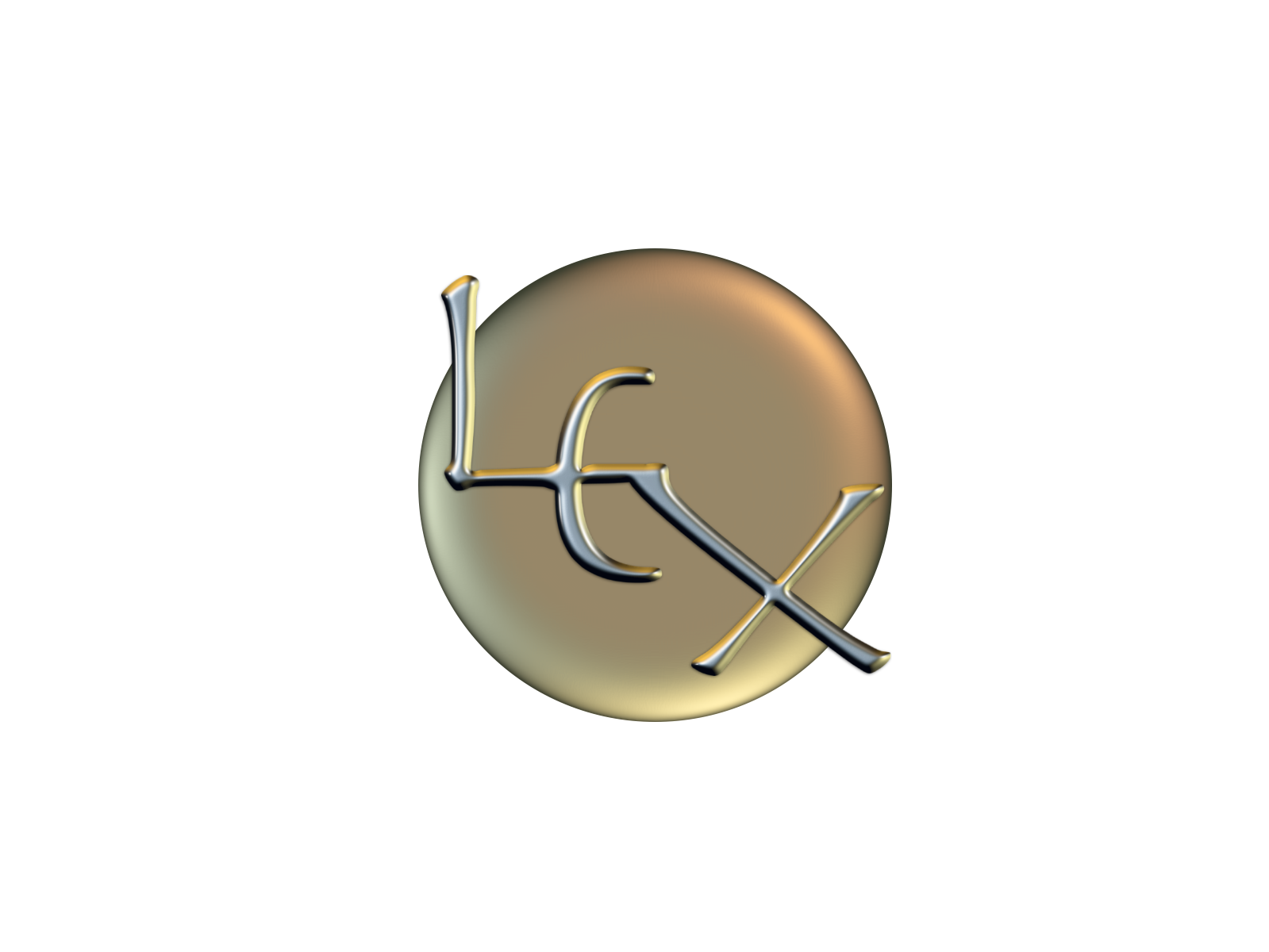When I die – and I've said this before – my epitaph should read, "She helped people understand the difference between a phone and a phoneme."
I've written about it a million times: here, here, and here, to name a few. It's a critical understanding for anyone who wants to be able to explain orthography coherently.
Here's a quick summary: Phones are the minimal distinctive units of phonetics, which is the scientific study of speech sounds. Phonetics is physical – it is literally the physics of speech. Phonetics can be studied from three aspects: articulatory (the physics of the speaker's sound production); acoustic (the physics of the sound waves moving from speaker to hearer); and auditory (the physics of the hearer's hearing physiology).
Phonemes are the minimal distinctive units of phonology, which is the scientific study of the way a given language organizes its pronunciation. Where phonetics is physical and concrete, phonology is psychological and abstract. A single phoneme, like /t/, is a mental category of speech sounds (phones), not a single speech sound. That abstract, mental /t/ may be physically realized as [t] , [tʰ], [t˺], [ɾ], [ʔ], or [ʧ] – and arguably [ʃ] –depending on the word, the environment, and the speaker. All of those phones that are members of the /t/ class are called allophones.
This distinction is something that phonics gets wrong over and over. Sometimes phombies get it wrong in very obvious ways, like when they talk about "non-phonetic" written words. But other times, they get phones and phonemes mixed up in more subtle, even insidious, ways, errors usually discoverable in orthographic conversations.
This post is a write-up of one such conversation about the phonology (versus the phonetics) of the graphemes <qu> and <x>.
Quick Question
"The LEX Grapheme Deck has separate <q> and <qu> cards. But there is no <q> grapheme in English, nor in Latin, nor in French."
